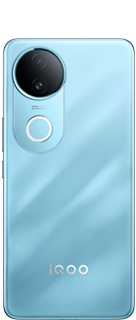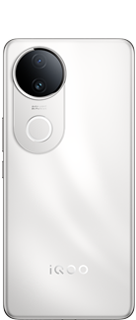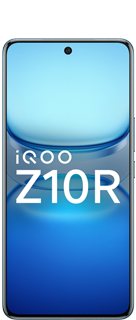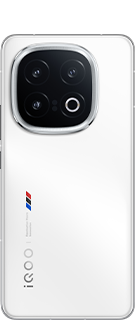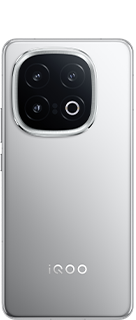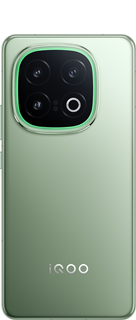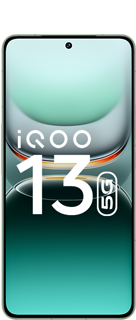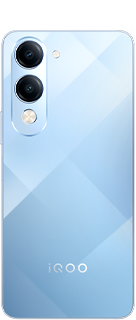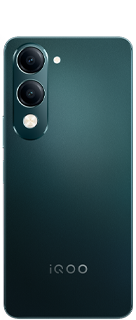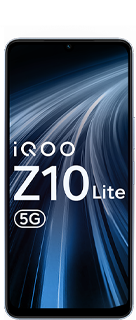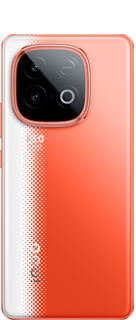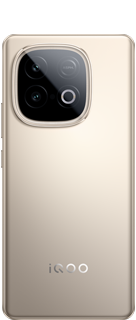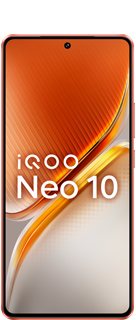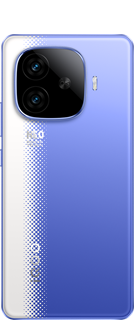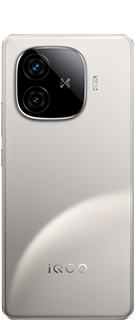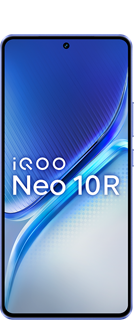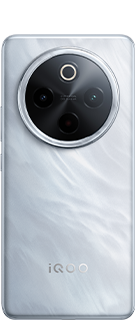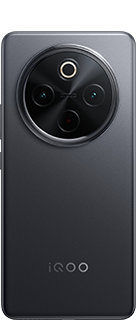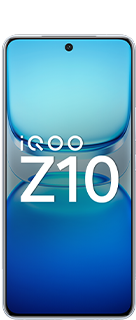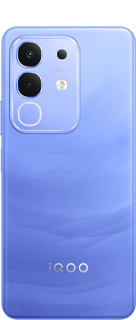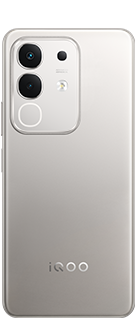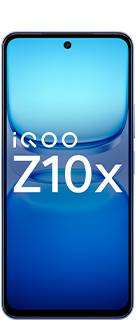4 things Microsoft needs to prioritize on Windows to stop losing users to linux

Windows is still the world's dominant desktop operating system, but that dominance is being tested. What was once a platform built around efficiency and choice now feels increasingly bloated, ad-filled, and inconsistent.

You can't open the Start menu without seeing a suggestion you didn't ask for, or browse your files without feeling like you're being watched, or at worst, sold a service. If Microsoft wants to stop users from jumping ship to Linux, it's not about reinventing Windows, it's about fixing what people already hate about it.
Cut the bloat
Offer a clean install for those who want it

Windows 7 was the last Windows OS that was actually fresh when you installed it. There was very little bloat in the form of apps or features that users didn't want, and it really felt like a blank slate. With each passing Windows version, more useless bloat has been added. I do not want a preinstalled TikTok app. I do not want a preinstalled LinkedIn app. I definitely do not want Candy Crush preinstalled either, and I imagine the vast majority of Windows users share this sentiment. Even if it's a suggestion in my Start menu, that's too much for a lot of users, and it's pushing them towards cleaner operating systems.
Linux distros can be as minimal or as feature-packed as you like. It really depends on which distro you choose, but in all cases it's made really clear what is being installed on your computer at the start. Some distros are completely clean installs, some let the user decide what apps and packages they'd like at the start, and others come with many useful apps and even games.
All users deserve here is a choice. When installing Windows fresh, or setting up a device for the first time, offering a "clean install" option or some kind of "custom" option when undergoing setup would remove a lot of the headache surrounding bloatware on Windows.
Stop pushing ads
Literally nobody wants these in their operating system

The last thing anyone wants when they're trying to use their computer is more ads. They're unavoidable when you go online, but when you're just performing operations on your local machine, ads should not be present. Experimenting with ads in the Start menu is one thing, but putting them in File Explorer and even the Settings app is so egregious. Displaying Game Pass offers or MSN content on my lock screen is so unnecessary and makes my OS feel dirty and tainted.
Linux environments feature no ads. You're not being sold a subscription when browsing your files, and you don't feel like cattle when you're just trying to change settings. Microsoft needs to understand that just because everything can be an advertising channel, doesn't mean everything should be one. A simple toggle to remove any and all ads from the OS would be a sufficient gesture.
Improve privacy transparency
Give users the control they want

While you're able to opt out of most of the basic data collection when setting up Windows, a lot of the advanced stuff unfortunately stays on, and isn't exactly straightforward to completely rid your system of. Even when opting out, you're still delivering a lot of your data to Microsoft. To make matters even worse, Microsoft lost a ton of goodwill (and customers) when they began launching Recall, and lost another swath when it was exposed for having very serious security faults that had the potential to seriously compromise privacy.

While some Linux distros do collect telemetry data, all of it is very easy to opt out of. While I imagine the Recall debacle was a bridge too far for a lot of users, if Microsoft were to implement some sort of "Lockdown Mode" or "Privacy Mode" global toggle that disables all telemetry and online sync features, I think that'd do a lot to earn the trust of some users back.
Improve consistency of the UI
Again, give users the choice

While they have made some good changes with Windows 10 and 11, the UX is still so inconsistent, and while I have no issues with navigating it, that's because of my experience, and users who are less familiar are undoubtedly having trouble finding what they're looking for. The crux of this, for me, is the Settings app, and how it continues to have completely different functionality to the Control Panel. Add in modern right-click context menus, and you have a recipe to confuse a lot of new users, and frustrate a lot of old ones.

While Linux isn't exactly consistent across the board because of its different distros and very different GUI environments that are available, once you choose one, the design is unified. The settings and design language are consistent across them, and any changes you want to make have probably been thought of and implemented by someone else already, making customizations relatively easy.
For Windows, the solution is pretty simple: pick a lane. Either add the elements that are missing from the modern context and Settings menus, or just scrap it and rely on the Control Panel. The weird overlapping has gone on far too long.
It's all about rebuilding user trust

Windows doesn't need to become Linux. Having a choice between them is great. Microsoft just needs to remember that its users value choice, clarity, and control. Give them the option to install cleanly, to turn off ads, to protect their privacy, and to navigate through a consistent interface. Do that, and users will stop looking for alternatives.
Source - Link
Signing off

Please sign in
Login and share
